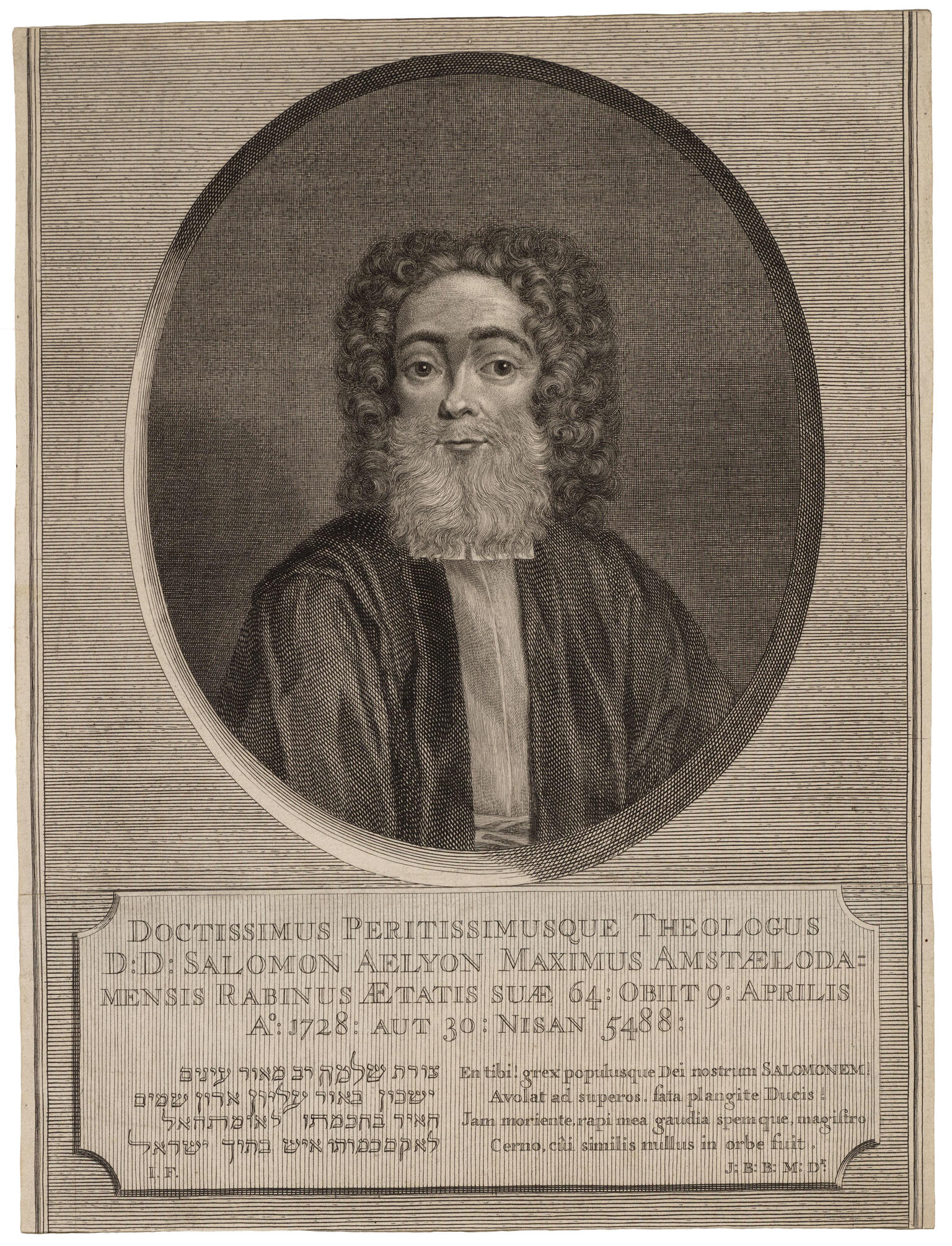On Sabbatean Kabbalah
This is the secret of the teaching of the sages: “When the Holy One, blessed be He, created the world with the attribute of justice, and the world could not subsist—and so too with the attribute of mercy alone it could not subsist—until He paired the attribute of judgment with the attribute of mercy and it subsisted, as it is written: in the day that the Lord God made earth and heaven (Genesis 2:4).”1 Certainly we need a wise man to explain to us why the world could neither subsist upon the attribute of justice alone, nor upon the attribute of mercy. The matter rests upon the same profound introduction that we received in the name of our teacher R. Nathan, that there exist two lights; the first is called “light that contains thought,” whereas the second is called “light that does not contain thought.”
The light that does not contain thought pursues destruction, as it does not have a set boundary; it destroys and annihilates everything. But the light that contains thought is the secret of simple mercy. And just as the light that does not contain thought cannot be constructive due to the fact that it has no boundary—for where will it stop? If it did have a boundary, it would indeed contain thought—so too the light that contains thought cannot be constructive.
By way of allegory, earth is material substance, whereas water is spiritual substance for the world. It is impossible to make a vessel with a pinch of earth alone without any water to shape the earth; so too, it is impossible to make a vessel from a small amount of water alone. But in putting water and earth together, it is possible to create from them a sophisticated, structured vessel. It is apparent that both of these are important elements and the meaning of the allegory is obvious. If it is so, then when the Holy One created His world through the attribute of judgment [i.e., from the aspect of the light that does not contain thought], the world could not subsist due to the fact that the main principle of its essence is to pursue destruction. So too with the attribute of mercy [raḥamim], which is from the aspect of the light that contains thought, the world could not subsist, for it cannot be constructive because it is so thin and pure, and is simple mercy. For this reason, God paired the attribute of justice and the attribute of mercy, and the world subsisted [i.e., the two lights were together], and the world could subsist.
This is the secret that the sages said, “He is called Shadday [see Genesis 17:1] because He said to His world ‘enough [day]’” [Genesis Rabbah 46:3], and then the world had a boundary. But prior to that, it did not have a boundary, as we have stated. You should know that the father is mostly of the light that contains thought, whereas the mother is mostly of the light that does not contain thought. Thus, Understanding [binah] is the one who depicts, and she is called the “craftsman” [omnah] in the weekly portion of Bereshit, and through her was the construction of the upper world. While the father would command the action, he would not act on his own accord. He is thus in himself; he represents the secret meaning of “the shapeless circle” (‘alma be-’izka, or gulma be-’izka [see Zohar 1:15a]), which has been clarified by us. Likewise, he is Malkhut [Kingdom], from a light that does not contain thought. For this reason, he too is called a “craftsman,” for through him was construction of the lower world, as was said in the portion of Bereshit [see Zohar 1:22a]. For this reason, she is called Light Blue [tekhelet] [see Zohar 2:152b; Pardes Rimonim 10:4], as she descends into the shards [kelipot] and cleanses and annihilates them, as the roots of the shards are from the light that does not contain thought. When she descends into them, like finds like, she is awakened [see, e.g., b. Eruvin 9a], and she destroys them. She does this at night, which is the time of the control of the outsiders. But in the daytime, during which is revealed light that contains thought, the Holy One, blessed be He, brings upon her a string of mercy—the light that contains thought. Then she rises up to Israel, her husband, and then the two lights come together. Then the world becomes drunk [mitbasem], and mercy overcomes it. From this you can understand why it is that we say that she has a choice [i.e., between holiness and sinfulness]. Because of all of this, she is called a “dove,” for she does not cause trouble for her spouse. But in regard to him, we do not say that he has a choice, as he is from the light that contains thought. Although he contains elements of the eleh [“these”] secret that is mentioned in the portion of Bereshit [see Zohar 1:9a–b], in any case, he is subordinate, and he is enticed by his wine, according to the secret that is known to us.
Notes
[Genesis Rabbah 12:15. The commentary here is on the appearance of the two words “Lord God.”—Trans.]
Credits
Solomon Ayllon, “On Sabbatean Kabbalah” (manuscript, London, 1699). Published in: Yaël Nadav, “Rabi Shlomo Aylon ve-Kuntreso be-Kabalah Shabatit,” Sefunot, vol. 3/4 (1960): pp. 301–344 (329–331).
Published in: The Posen Library of Jewish Culture and Civilization, vol. 5.




